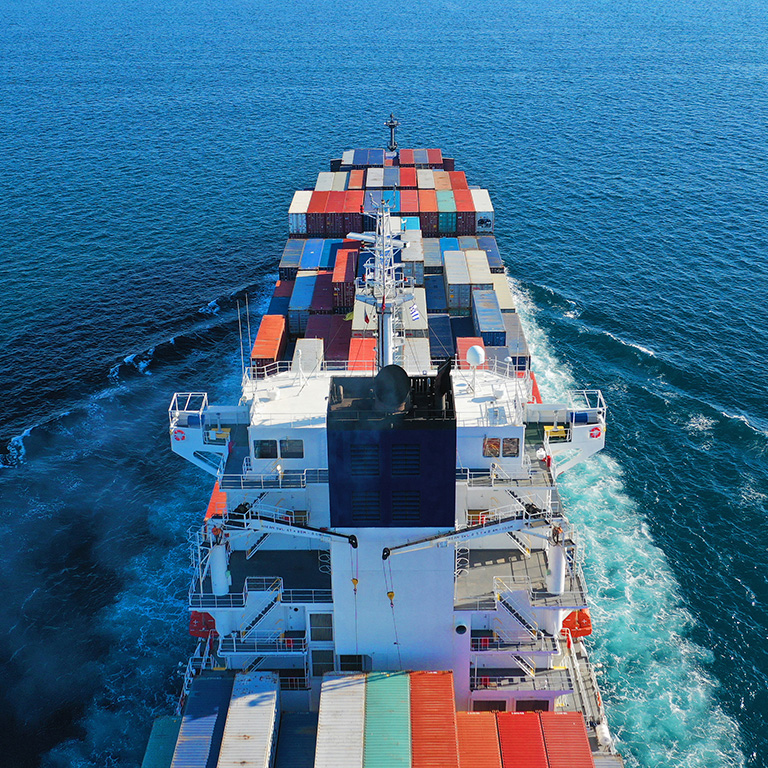
By Mark Cracknell ,
Global Head of P&I
07/08/2024 · 3 minute read
Marine war risk exposure has intensified since the start of the Russia-Ukraine conflict in 2022, and has the potential to increase further, given current geopolitical conditions, including recent attacks on ships in the Red Sea. As traditional war risk insurers tend to emphasize hull and machinery (H&M) coverage, now may be a good time to reconsider the role of protection and indemnity mutual clubs in managing P&I war risks.
As tensions in the Middle East have intensified, so has exposure to war risks in the region, including in the Red Sea, one of the world’s busiest shipping lanes, which was already of concern to underwriters. Hostilities in the region have resulted in damage to several vessels, leading to at least two recent sinkings and the tragic deaths of up to four seafarers.
Shipping in the area had declined before the latest events and many vessels now use alternate routes, which are generally safer, but take longer and add cost. Even as traffic has diminished, the underlying threat persists, as it does in the Black Sea and other bodies affected by the Russia-Ukraine war.
At the same time, war risks insurers have identified portions of West Africa and South America as high-risk areas (HRAs). Elsewhere, tensions in the Taiwan Strait and other parts of the South China Sea could pose additional potential threats to vessels and trade transiting these waters.
Increased geopolitical friction has led shipowners to exercise caution and question how insurance may respond to liabilities they may incur from war risks.
Coverage for damage arising from incidents caused by war — including war, revolution, rebellion, insurrection, civil strife, and weapons of war — are typically excluded from most P&I and H&M insurance policies. Shipowners therefore often purchase standalone coverage from war risks insurers.
Although traditional war risk insurers offer policies also including the P&I risk, they tend to focus more on H&M exposures. This raises the question as to why primary P&I war risks do not sit within the mutual P&I system.
Outside of HRAs, P&I war risks exposure is very limited. For HRAs, the clubs could take a mutual approach to assessing risk and allocating premium. This would likely result in some cost efficiencies, although they may not be significant. More importantly, the mutual clubs have the resources and established global professional service networks to respond to a major P&I war event involving serious injuries, loss of life, pollution, or wreck removal.
Similar resources are not readily available for most war risk insurers, including various war risks mutuals that primarily focus on H&M exposure, which is generally their area of expertise.
Until the current surge in war risks activity, separating P&I and H&M war risks was challenging, in large part due to the traditional war insurers emphasizing the H&M risk.
However, as a result of the ongoing Russia-Ukraine conflict, war insurers, influenced by reinsurers, signaled that P&I exposure is of increasing concern by imposing a Russia-Ukraine-Belarus (RUB) exclusion on the International Group (IG) excess of loss reinsurance program for the 2023 renewal. The concern was amplified when insurers gave notice of cancellation for war risks cover in the Red Sea on non-pool club reinsurance in the lead-up to the 2024 P&I renewal.
If premiums for primary P&I war risks cover continue to rise, there may be advantages for turning to the mutual P&I system. Premium paid to the mutuals would eliminate the need for a profit element and, as stated above, the mutuals may possess greater capabilities to handle P&I war risks claims.
As an added consideration, this approach would eliminate the requirement for P&I club members to insure their vessels for a specified value, in order not to fall short of the excess P&I war risks cover presently provided by the clubs. The P&I clubs could simply offer a standard limit of “ground-up” P&I war cover — for example, to a limit of US$1 billion — without reference to the H&M arrangements.
Finally, war insurers would no longer need to allocate capacity to the P&I risk, which could introduce more dynamism to the H&M war risks market.
Marsh Specialty regularly provides guidance regarding P&I clubs. For more information, please contact your local Marsh representative.

Article
01/16/2025